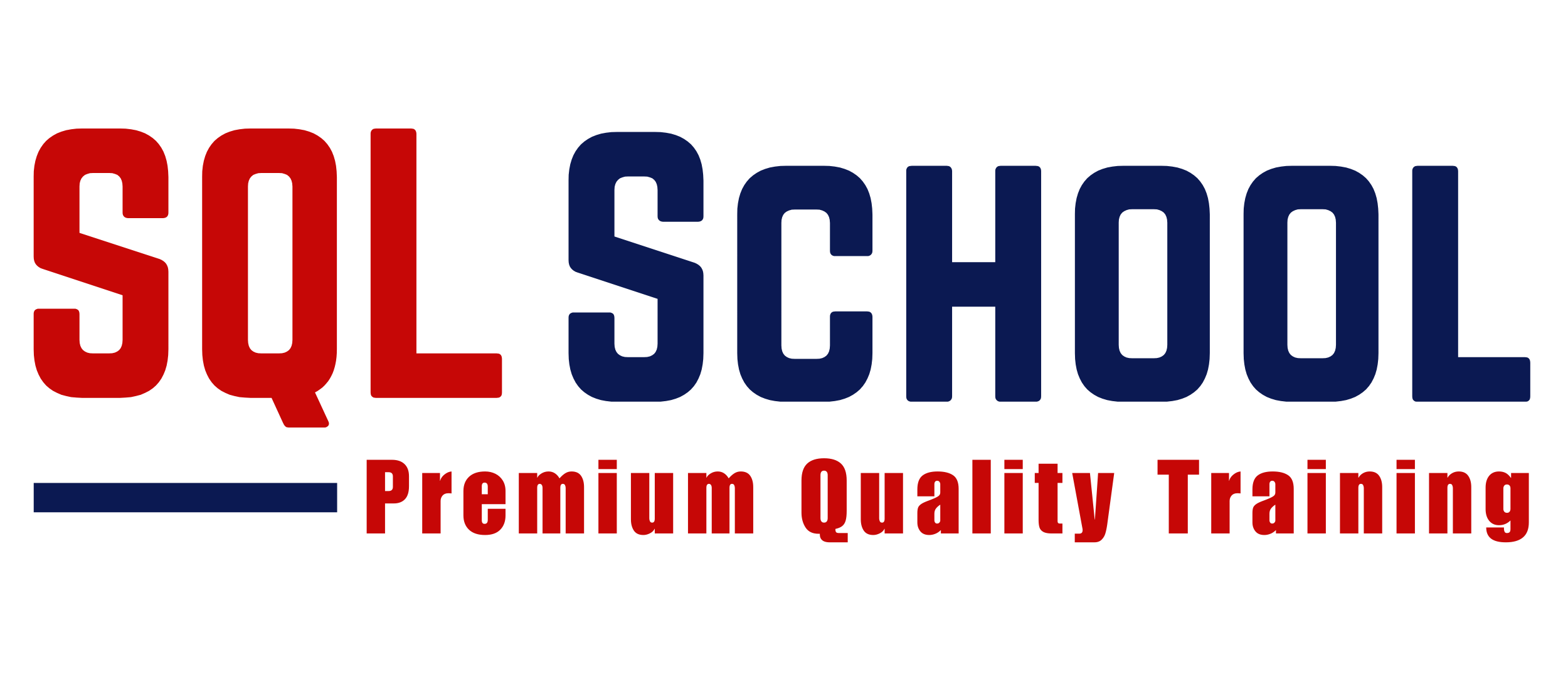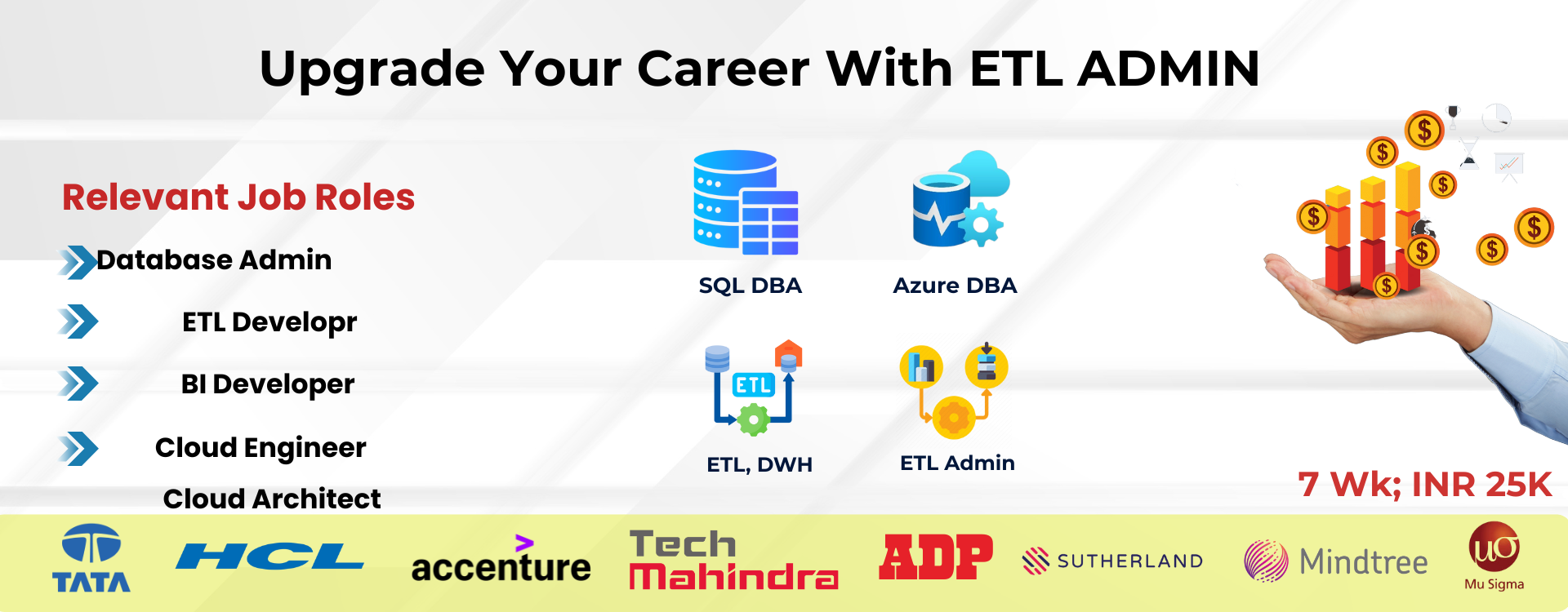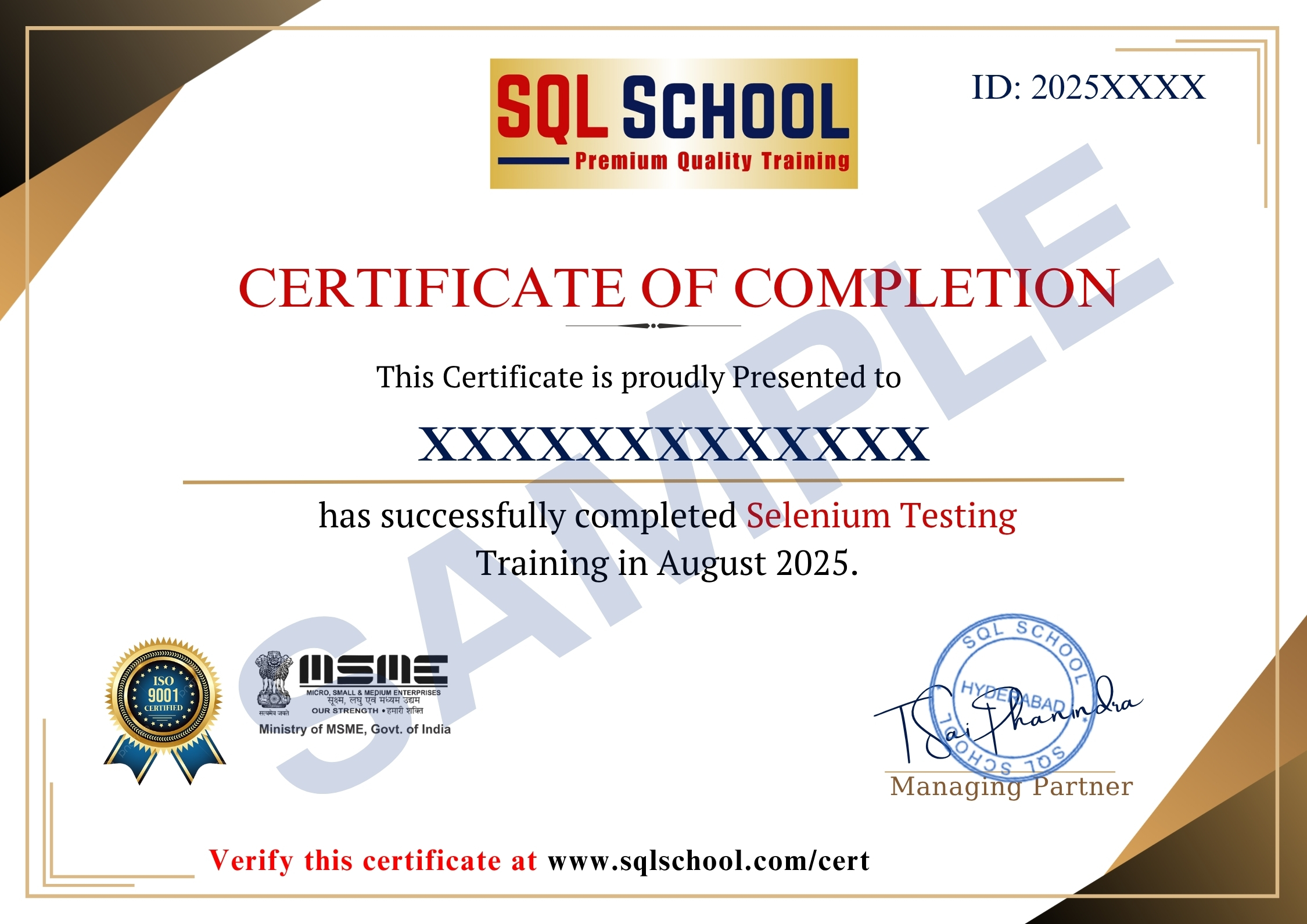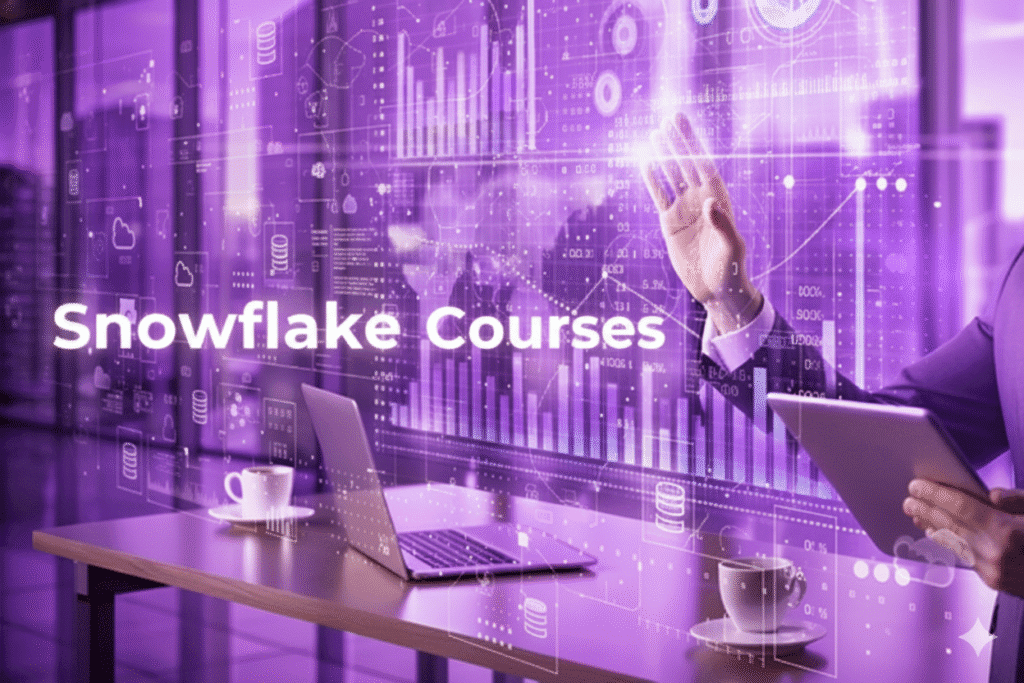
Selenium Testing is a powerful open-source framework used for automating web application testing across browsers and platforms. It enables testers to write scripts in multiple languages like Java, Python, or C#, ensuring faster, reliable, and efficient quality assurance in software development.
✅ Selenium WebDriver & IDE
✅ TestNG & Automation Frameworks
✅ Java/Python for Automation Scripts
✅ Page Object Model (POM)
✅ Integration with Jenkins & CI/CD
✅ Cross-Browser & Mobile Testing
✅ Reporting & Logging Mechanisms
✅ Cloud Integrations
✅ Real Time Project
✅ 1:1 Mentorship, Resume
Selenium Testing Training Course Contents:
Selenium with Java
Chapter 1: Automation Basics
- Fundamentals of Test Automation
- Difference in between Manual Testing and Automation
- What are the advantages of automation testing
Chapter 2: Selenium Introduction
- Introduction to Selenium
- Comparison with other tools
- Components of Selenium
- What is Automation Testing
- Licensed v/s open-source Automation Tools
- Overview of selenium and other Tools
- What Selenium is and how it is used in real time
- Features of selenium
Chapter 3: Selenium IDE
- What is Selenium IDE
- Installing IDE
- Record and playback
- Converting selenium script into other languages
- Selenese Commands
- Limitations of IDE
- Debugging in IDE
- Batch testing in IDE
- Default Timeout
- User Extensions
Chapter 4: Configuring Eclipse IDE
- Installation of java
- Installation Eclipse IDE
- How to create new java project
- How to create a new java Class
- Compiling and Running java class
- Analyzing results of java program
Chapter 5: Java
- Introduction to Java
- Installing JDK
- Configuring Eclipse IDE
- Creating Java Project
- Sample Java Program
- Data types and variables
- Introduction to java programming
- Primitive and Non-Primitive Data types
- Types of variables (Local, Instance and static variables)
- What is an Array?
- Types of Arrays
- Working with single Dimensional Arrays
- Working with Multi-Dimensional Arrays
Chapter 6: Classes and Objects
- How to create classes, objects and object References
- Working with constructors
- Working with Methods(instance, static)
- How to write user Defined Methods
- Methods Arguments call by value and call by reference
- Downloading Selenium server jar
- Configuring Selenium into the Java Project
- Conditional Statements in Java
- Loops in Java
- Arrays in Java
- Array List in Java
- Set in collection
- Methods in Java
- Method return types
- Utility Functions in Java
- Do while
- For Loop
- While Loop
- For Each Loop
- Examples for all the above Loops
- Encapsulation
- Strings in java
- Constructors in java
Chapter 7: Polymorphism
- What is polymorphism
- Compile time Polymorphism
- Method Overloading
- Constructor overloading
- Runtime polymorphism
Chapter 8: Inheritance in Java
- What is Inheritance
- Why use Inheritance
- Single Level Inheritance
- Multilevel Inheritance
- Super keyword
- Use of inheritance
- Interface & Abstract Class
- How to define Interface
- How to implement Interface
- Multiple Inheritances (Through Interface)
- How to define Abstract Class
- Implements vs. extends
- Interface vs. Abstract class vs. Concrete Class
Chapter 9: Exception handling
- Agile & Scrum
- What are exceptions and errors?
- Checked Exception or Compile time Exception
- Unchecked Exception or Runtime Exception
- How to handle exceptions in the program?
- Using try, catch and finally blocks throws
- Differences b/w throw and throws
Chapter 10: Collections
- Overview of Collections API
- Arrays v/s Collections
- List, Set, Map interfaces
- Array List, Linked List, Hash Map
- Working with elements of a collection
Chapter 11: WebDriver Introduction
- Selenium WebDriver Overview
- Features and Limitations of Web driver
- Configuring Selenium WebDriver in Eclipse IDE (Adding Selenium Libraries)
- WebDriver Architecture
- WebDriver Drivers
- Browser Launching Automation
- Working on
- Firefox
- Safari
- Chrome
- Opera
- IE
- Locating Elements in Web driver
- Handling Web Elements
Chapter 12: Add on and Methods
- Firebug and Fire path
- Login functionality test
- Locators in Web driver
- Methods in Web driver
Chapter 13: Locators
- Object Identification
- Find Element and Find Elements
- Different types of Locators
- Html Tags and DOM structure
- Identifying Objects using Xpath
- How to use Regular Expressions in Xpath and CSS Selectors
Chapter 14: Profiles
- Firefox Profiles
- Making web driver launch a customized instance of Firefox
- Basic HTML notations
Chapter 15: Automating Links
- Links Testing
- Clicking on a link and validating
- Capturing all links in a page
- Capturing links from a section of the page
- Capturing links from a section of the page and validating them.
- Links Testing
- Visible links and Hidden links
- Validating all the links based on href property
- Checking for broken links
- Automating Dropdowns
- Types of SQL Statements:
- Dropdown Testing
- Selection an option from the dropdown
- Select class to automate dropdown
- Capturing all element in a dropdown
- Checking if all options in dropdown are working correctly
- Validating multiple dropdowns
- Take screen Handling dropdowns/list boxes
Chapter 16: Automating Text Field, Checkbox, Radio Buttons, Buttons
- Web Elements Interface methods
- Handling Text Field and Text Area
- Textbox Interaction
- Checking Status of Radio Button
- Handling Radio Buttons Dynamically
- Get Names of Checkboxes
- Navigate Checkboxes Using Xpath
- How to Click a Button on Webpage
Chapter 17: Headless Testing
- Firefox Profiles
- Making web driver launch a customized instance of Firefox
- Basic HTML notations
Chapter 18: XPaths
- Types of XPaths
- Relative and Absolute
- Creation of relative XPaths
- Creation of Absolute XPaths
- Customizing XPaths
- Handling Xpaths
- Xpath Axes
Chapter 19: Using CSS Selectors
- CSS Selectors
- Creation of CSS Selectors
- Comparison between Xpath and CSS Selectors
- Relative and Absolute CSS
- Handling Dynamic CSS Selectors
Chapter 20: TestNG
- Introduction to TestNG
- Configuring TestNG into Eclipse
- Annotations in TestNG
- Prioritizing test cases
- Ignoring Test cases
- Advantages of TestNG.
- Using testing.xml
- Parameterization
- TestNG Listeners
- TestNG Reports
- TestNG groups
- TestNG Assertions
- TestNG Data Provider
- Different Testing Annotations
- Create Testing Reporting Results
- Assert methods
Chapter 21: Tab and Popup Automation
- Automating Tabs
- Automating multiple windows
- Handling popup
Chapter 22: Using Java Script
- Java Script Executor
- Generating Alerts
- Handling Alerts
- Handling hidden components directly using Java Script Executor
Chapter 23: Synchronization
- Introduction to Synchronization
- Thread sleep()
- Implicit wait
- wait for an element
- wait for the entire page to load
- Explicit Wait
- Web Driver Wait
- Fluent wait
- Visibility and Invisibility Conditions
Chapter 24: Ajax Testing
- What are Ajax Components
- Handling Ajax Autosuggestions
- Cookies Testing
- Capturing the cookies info
- Deleting all the cookies
Chapter 25: Miscellaneous
- ICaptcha Automation
- Radio Buttons Testing
- Check Boxes Testing
- Automating input fields
Chapter 26: Action Class
- Advanced user interactions
- Mouse Hovering
- Right Clicking
- Double Clicking
- Chain Actions
- Drag and drop and element
- Automating Slider bar
Chapter 27: Automating Web table
- Introduction to Web table Testing
- Handling static web table
- Handling dynamic web table
- Automating Datepicker(calendar)
Chapter 28: Takes Screenshot
- What is Use of Screenshot
- Capture Screenshot
- Capture Multiple Screenshots
- How to perform actions using Java
Chapter 29: Automating Window Components
- Auto IT, Robot, Sikuli
- Handling Window Components
- Installing Auto it
- Notepad Automation
- Integrating Auto IT and Selenium
- File download using Auto IT
- File upload using AutoIT
- Understanding Robot Class
- File download using Robot
- File upload using Robot
- Configuring Sikuli
- File download using Sikuli
- File upload using Sikuli
Chapter 30: Excel Read/Write
- Apache POI
- Configuring POI into the project
- Interacting with Excel
- Read operations on excel
- Write operations on excel
- Dropdown Testing and storing the results in Excel
- Web table testing and storing the results in excel
Chapter 31: Automation Frameworks Development
- Types of Frameworks
- How to implement Data Driven framework
- How to implement Page Object Model
- How to implement Hybrid framework
- How to implement Keyword driven ➤ Framework
- How to execute the scripts from frameworks ine IT
- Integration with Maven and Jenkins
Chapter 32: Frameworks I
- Creating the folder structure
- Definitions of Data driven, Keyword driven, Modular driven and Hybrid frameworks
- Creating Data Driven Framework
- Creating Test data excel files
- Using the test data to test the web application
Chapter 33: Frameworks II
- Creating a Data Engine to control the automation test suite
- Keyword Driven Testing
- Creation of Properties File
- Object Repository
- Creating Actions Keywords Excel file
- Reflections in Java to handle keywords
Chapter 34: Frameworks III
- Creating Modular Driven Framework
- Creating reusable functions
- Hybrid Framework
Chapter 35: Cucumber
- Introduction to BDD
- Installing Eclipse Cucumber plug-in
- Downloading Cucumber and configuring in Eclipse
- Feature File
- Gherkin keywords
- Cucumber Options
- Data driven Testing in Cucumber
- Examples Keyword
- Data tables in Cucumber
- End to End Testing using Cucumber
- Programs on multiple browsers and OS using Dockers
Chapter 36: Page Object Model
- What is POM
- Why should we use POM?
- How to implement POM in selenium
- Advantages of POM
- Creating Page classes
- Defining element in page class
- Defining in Functions
- What is Page Factory?
- Creating POM using Page Factory
- Use of @FindyBy
- Use of init Elements
Chapter 37: Version Controlling
- SVN and GIT
- Version Controlling
- Creating a free SVN account
- Usage of TortoiseSVN
- Check in and Checkout in SVN
- Installing Git
- GIT bash and GIT HUB
- Creating a Git local repository
- Creating Git Hub account
- Uploading into Git hub(push)
- Downloading from Git Hub(pull)
Chapter 38: Maven
- Introduction to Maven
- Maven local and Global repositories
- Creating a maven artifact from command prompt
- Configuring maven project into Eclipse
- Creating a Maven local repository
- Adding Jars into Maven local repository
- Stages in Maven.
- Configuring Maven from Eclipse plug-in
- Maven as a build tool
- Maven Commands
Chapter 39: Grid II
- Selenium Grid
- What is Grid
- Configuring Hub and Nodes
- Serial and parallel testing
- Cross browser Testing Cross platform Testing
- Customizing the nodes
- Using JSON to configure Hub and Nodes
- End to End Testing in Grid
Chapter 40: Database Connection (JDBC)
- DB Testing
- Installing MySql Database
- How to configure with Eclipse
- Connection Interface Commands
- Statement Interface Commands
- Result Set Interface Command
- Creating sample tables
- Understanding JDBC
- Connecting Java code with DB
- Executing SQL queries
- Integrating JDBC with selenium
Chapter 41: Continuous Integration(Jenkins)
- Different tools for implementing CI
- Jenkins
- Continuous Integration
- Downloading Jenkins
- Dashboard of Jenkins
- Scheduling the automation build
- Sending automated mails when the build executes
- Integrating Jenkins with Git.
- Parallel testing of selenium programs on multiple browsers and OS using Jenkins
Chapter 42: Web services Testing Postman Tool
- API Introduction
- Introduction to Postman API Testing tool
- Client-server Architecture
- API Testing using Postman
- API Testing Terminology
- HTTP Structure
- Creating Request in postman
- Understanding variable and environment in postman
- Authorization in postman
- Assertion/Test Scripts in postman
- API testing Status code
- Scripts in API Testing
- API Chaining
- Advanced Topics
- Creation of Own Apis
- Real Time Scenarios
Chapter 43: Docker
- Docker Basics & Installation
- Integrate Selenium Grid and Docker
- Running our automated tests inside a Docker container
Chapter 45: TOSCA Basics
- Introduction to Tosca
- Tosca Installation/Setup
- Tosca Commander
- Record/Playback
- Modules and Testcase Section
- Synchronization
- Test Case Design & Execution List
- Realtime Projects with End to End Implementation
Chapter 44: Live Project Details
- Application Overview
- Live Project overview
- Project Description
- Tools used in the Project (Jenkins, Maven, GitHub, Docker and AutoIT)
- Roles and Responsibilities
SQL SCHOOL
24x7 LIVE Online Server (Lab) with Real-time Databases.
Course includes ONE Real-time Project.
#Top Technologies
Who is SQL School? How far you have been in the training services ?
SQL School is a registered training institute, established in February 2008 at Hyderabad, India. We offer Real-time trainings and projects including Job Support exclusively on Microsoft SQL Server, T-SQL, SQL Server DBA and MSBI (SSIS, SSAS, SSRS) Courses. All our training services are completely practical and real-time. CREDITS of SQL School Training Center
- We are Microsoft Partner. ID# 4338151
- ISO Certified Training Center
- Completely dedicated to Microsoft SQL Server
- All trainings delivered by our Certified Trainers only
- One of the few institutes consistently delivering the trainings for more than 20+ Years online as inhouse
- Real-time projects in
- Healthcare
- Banking
- Insurance
- Retail Sales
- Telecom
- ECommerce
I registered for the Demo but did not get any response?
Make sure you provide all the required information. Upon Approval, you should be receiving an email containing the information on how to join for the demo session. Approval process usually takes minutes to few hours. Please do monitor your spam emails also.
Why you need our Contact Number and Full Name for Demo/Training Registration?
This is to make sure we are connected to the authenticated / trusted attendees as we need to share our Bank Details / Other Payment Information once you are happy with our Training Procedure and demo session. Your contact information is maintained completely confidential as per our Privacy Policy. Payment Receipt(s) and Course Completion Certificate(s) would be furnished with the same details.
What is the Training Registration & Confirmation Process?
Upon submitting demo registration form and attending LIVE demo session, we need to receive your email confirmation on joining for the training. Only then, payment details would be sent and slot would be allocated subject to availability of seats. We have the required tools for ensuring interactivity and quality of our services.
Please Note: Slot Confirmation Subject to Availability Of Seats.
Will you provide the Software required for the Training and Practice?
Yes, during the free demo session itself.
How am I assured quality of the services?
We have been providing the Trainings – Online, Video and Classroom for the last 20+ years – effectively and efficiently for more than 100000 (1 lakh) students and professionals across USA, India, UK, Australia and other countries. We are dedicated to offer realtime and practical project oriented trainings exclusively on SQL Server and related technologies. We do provide 24×7 Lab and Assistance with Job Support – even after the course! To make sure you are gaining confidence on our trainings, participans are requested to attend for a free LIVE demo based on the schedules posted @ Register. Alternatively, participants may request for video demo by mailing us to contact@sqlschool.com Registration process to take place once you are happy with the demo session. Further, payments accepted in installments (via Paypal / Online Banking) to ensure trusted services from SQL School™
YES, We use Enterprise Edition Evaluation Editions (Full Version with complete feature support valid for SIX months) for our trainings. Software and Installation Guidance would be provided for T-SQL, SQL DBA and MSBI / DW courses.
Why Choose SQL School
- 100% Real-Time and Practical
- ISO 9001:2008 Certified
- Concept wise FAQs
- TWO Real-time Case Studies, One Project
- Weekly Mock Interviews
- 24/7 LIVE Server Access
- Realtime Project FAQs
- Course Completion Certificate
- Placement Assistance
- Job Support
- Realtime Project Solution
- MS Certification Guidance
















